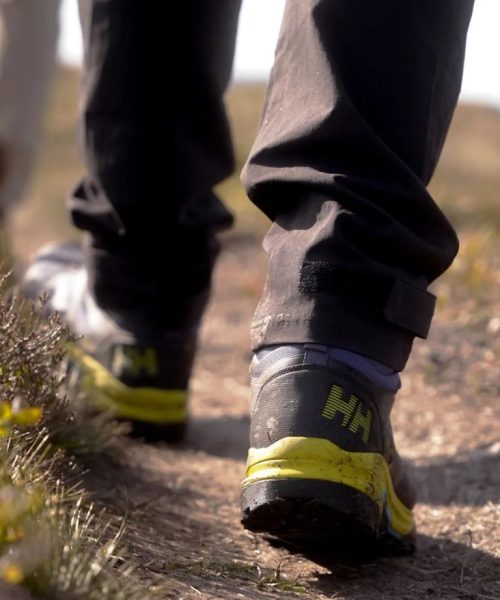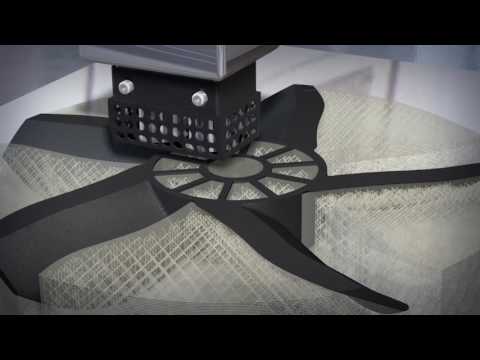Archaeologists have discovered South Korea’s earliest known ice storage chamber at the site of one of the nation’s most historically significant royal castles. At over 1,400 years old, the underground facility offers an unprecedented look into feudal Korean culture’s architectural complexities and advancements.
Researchers uncovered the ice storage bunker while conducting the seventeenth excavation survey of Busosanseong Fortress located about 90 miles south of Seoul in South Chungcheong Province. The UNESCO World Heritage Site dates back to the Baekje Kingdom’s Sabi period (538–660 CE), and is strategically situated on a hilltop overlooking the Geum River basin. Busosanseong served as a political and cultural hub during Baekje’s golden era, and featured ornate palaces, courtyard terraces, and Buddhist temples. By 660 CE, the fortress was one of the dynasty’s last holdouts during a joint invasion from neighboring Silla and Tang kingdoms.

According to South Korea’s National Research Institute of Cultural Heritage (NRICH), Baekje workers carved the roughly 23-by-26-foot, U-shaped “bingo” or “ice warehouse” into bedrock before reinforcing its southern wall with stone blocks. Although the additions reduced overall space, they likely helped maintain an interior temperature to slow melting. A circular drainage pit in the warehouse’s center also offered a receptacle for any inevitable water runoff.
Ice is often taken for granted today, but the ability to both store and keep frozen water signified immense influence and privilege in ancient cultures. Continual access to ice regardless of season not only supplied chilled drinking water, but kept food preserved for longer periods of time. Because of this, ice bunkers were generally only utilized by social elites such as the royals, who possessed the necessary technological know-how and labor force. The bingo at Busosanseong is the first structure found of its kind that dates to the Baekje era.

Beyond the freezer, archaeologists also discovered an important relic that speaks to the era’s cultural structure and religious beliefs. Buried underneath the bingo was a ritual jar known as a jijingu containing five Chinese wushu coins. Architects frequently buried the short-necked earthenware symbol of prosperity and safety at the site of a new project in the hopes of currying divine favor. Similar jijingu have been found across the Baekje kingdom’s capital, and offer a window into religious observances at the time—a mix of indigenous Korean animism combined with outside Buddhist and Chinese influences.
Archaeologists now plan to shift their work to the western section of the fortress, which they believe will connect to the structures discovered during their most recent survey.






